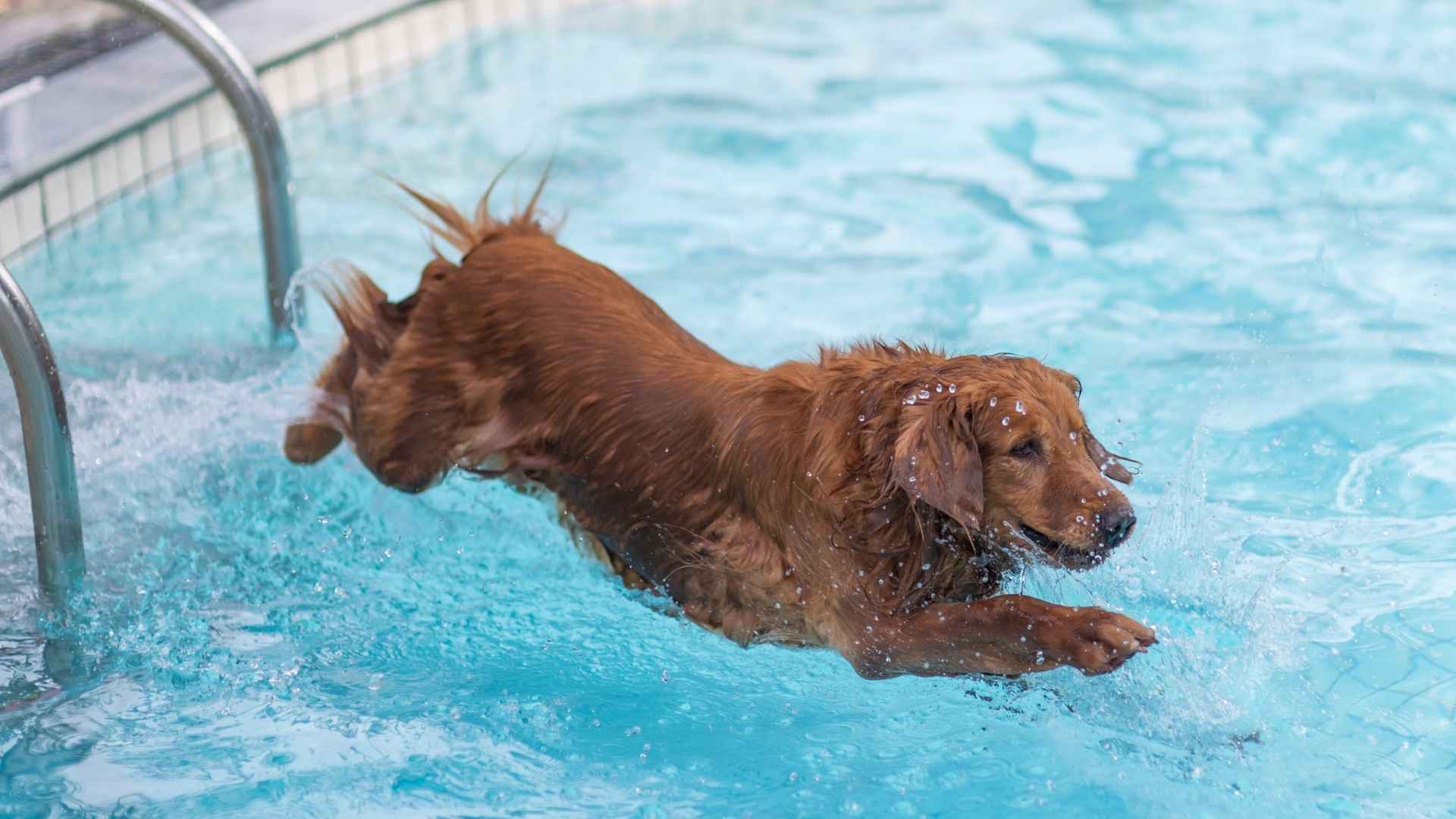From viral TikToks of Labradors leaping into lakes to Instagram reels of Golden Retrievers surfing waves, one thing’s clear—dogs in water are having a moment.
But behind the fun videos and outdoor snapshots is a trait that makes it possible: waterproof fur. These breeds don’t just swim—they’re built to handle the cold, the wet, and everything in between.
As more people look for dogs that match their active, adventure-filled lives, the demand for breeds that can thrive in wet conditions is growing. These coats aren’t just cute—they’re functional, evolved, and vital for dogs that were once used for hunting, herding, or rescue.
If you’re the type who heads to the lake at dawn, hikes through morning dew, or loves rainy walks, the breeds we’re about to explore were made for you. Their fur isn’t fluff—it’s a built-in wetsuit, and it’s ready for whatever the wild throws at them.
Dog Breeds With Waterproof Fur
1. Irish Water Spaniel
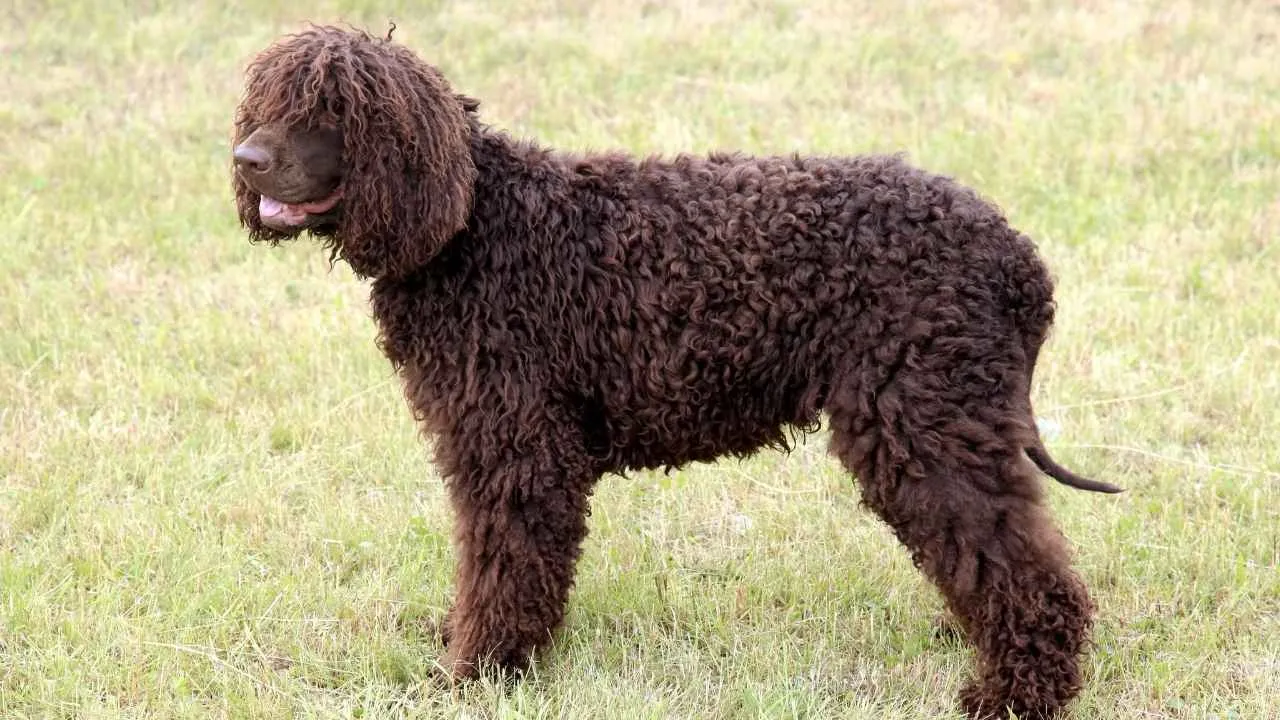
This breed’s coat is tightly curled and naturally water-repellent, protecting the skin during long swims. The outer layer resists saturation, while the undercoat provides insulation. Even after time in the water, their fur stays warm and rarely feels soaked to the touch.
Grooming to Preserve the Texture
Their waterproof coat needs regular care to prevent matting and retain its natural oils, as mentioned in Orvis. Weekly combing separates tight curls and helps avoid water buildup near the skin. A proper drying routine is essential after swimming to avoid moisture-related skin issues.
Physique That Supports Swimming
They have strong hindquarters and an arched back, giving them drive and control in water. Their thick, tapering tail, often called a “rat tail,” acts as a rudder during swimming. Their webbed feet further support mobility across muddy banks and lakeshores.
A Breed with Deep Working Roots
The Irish Water Spaniel was originally bred in Ireland during the 1830s to retrieve game from water and marsh. It’s considered one of the oldest and rarest spaniel breeds recognized by major kennel clubs. Their natural confidence around water remains one of their most defining traits.
2. American Water Spaniel
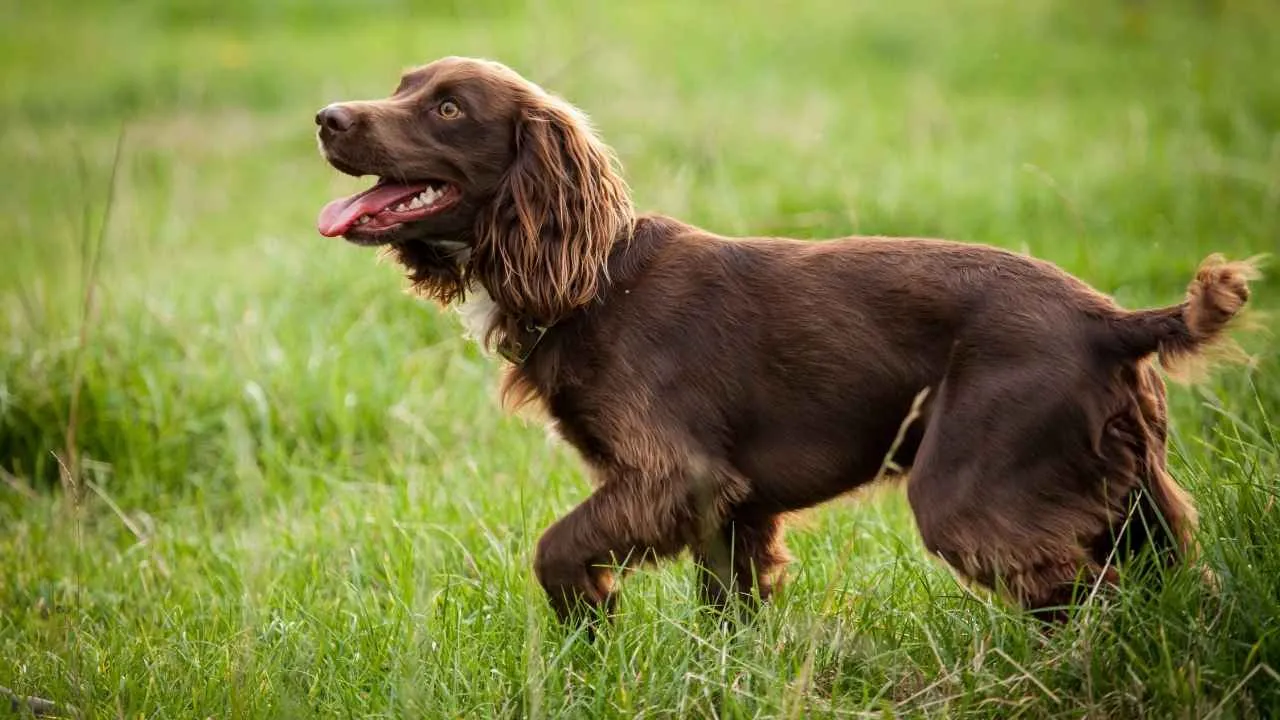
The American Water Spaniel has a waterproof outer layer paired with a dense underlayer that traps warmth. This natural double coat is both insulating and moisture-resistant, making it ideal for cold lakes and rivers. The curls vary from wavy to tightly coiled, depending on region and bloodline.
Coat Maintenance for Functionality
While their coat helps repel water, it can trap debris if left unmanaged. Weekly brushing keeps the curls defined and avoids matting in high-friction areas. Occasional trimming is done to maintain flexibility without compromising insulation near the joints or ears.
Tailored for Work in the Water
They have a strong, muscular chest and deep lungs that support stamina in long swims, as per PetMD. Their webbed paws allow them to paddle efficiently through thick marshes. The breed’s body structure helps them maintain balance and control even in rapid or unpredictable water.
Bred for Specific Game Retrieval
This spaniel was developed in the Midwest to retrieve waterfowl from swampy environments and chilly streams. Their water repellent coat and high drive were intentionally selected to meet the region’s hunting demands. Even today, many are still used for small-scale hunting and fieldwork.
3. Spanish Water Dog
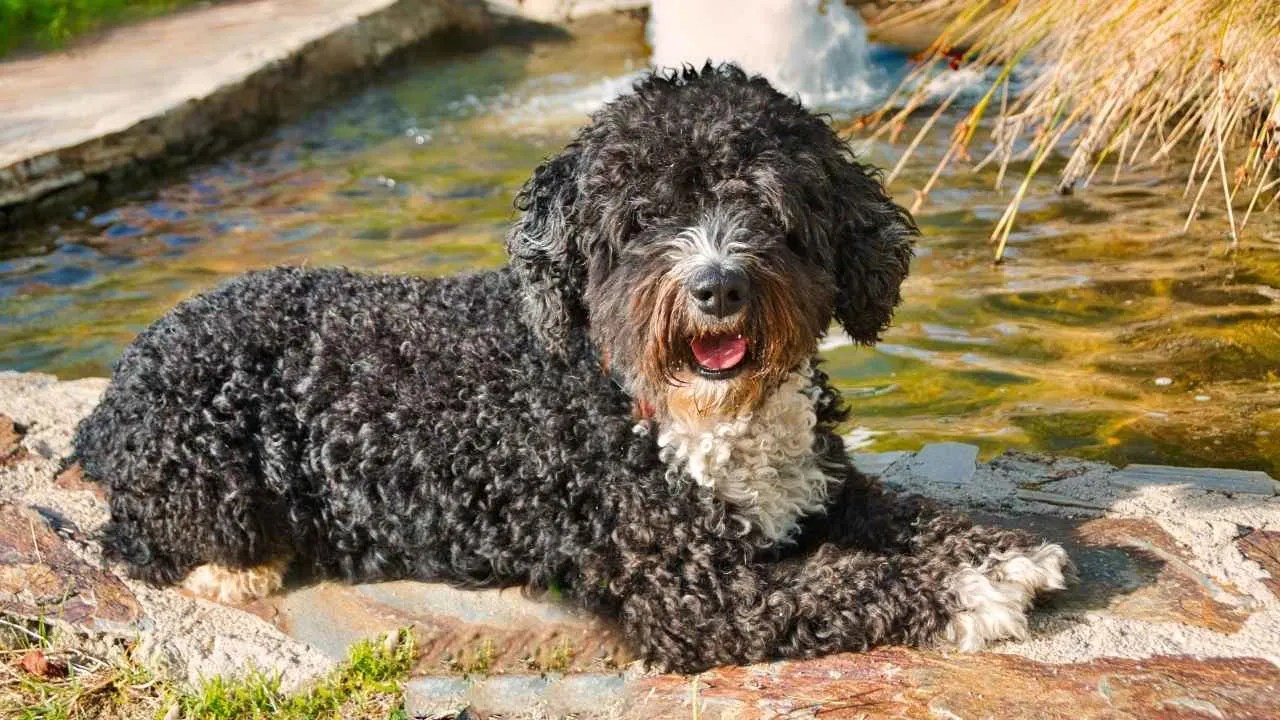
The Spanish Water Dog’s curly coat naturally locks into cords over time, helping trap warmth and repel moisture. This coat isn’t brushed — it’s left untouched to preserve its dense, wool-like structure. The curls protect the skin during work in wet or marshy terrain.
Protection That Extends Beyond Water
Its coat offers insulation from both cold water and intense sun, helping them work year-round in coastal regions. Farmers used them in both hot inland fields and damp river zones. The balance of durability and water resistance makes the coat multifunctional.
Movement with Purpose
This breed has a muscular, compact frame designed for agility in wet and uneven environments. The webbing between their toes supports balance and traction on slippery ground. Their stride stays steady whether they’re swimming, climbing, or navigating through narrow trails.
Origin and Work Ethic
Part of traditional water dog breeds from Spain, this dog was known for guarding flocks and retrieving from lakes, as stated in the AKC. Their coat is still sheared once a year, following the rhythm of rural working cycles. In both land and water settings, these dogs love having a task to complete.
4. Golden Retriever
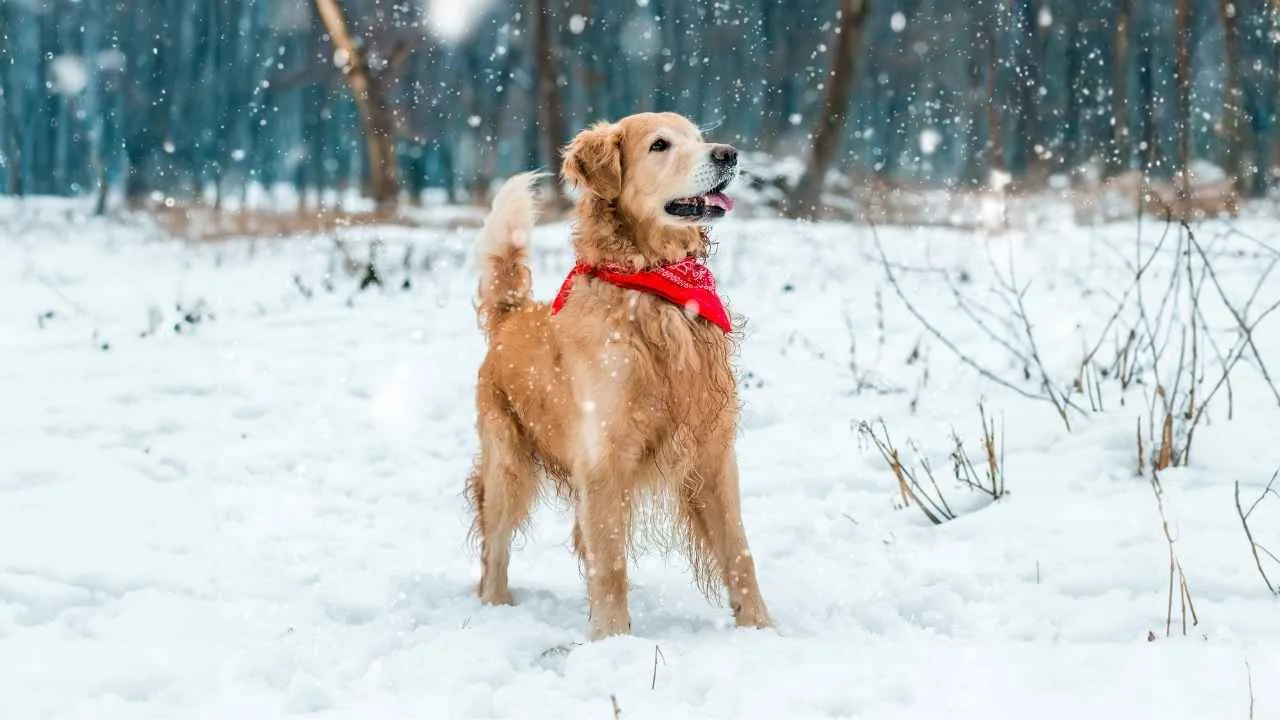
Golden Retrievers have a dense water-resistant outer coat layered over a thick undercoat. This structure keeps moisture from reaching the skin and helps them maintain warmth. Their fur dries more slowly than curlier breeds, but the insulation remains strong even after extended swimming.
Maintenance for Water Exposure
Frequent brushing helps manage loose undercoat and keeps water from trapping near the skin. Golden Retrievers benefit from drying towels or low-heat blow drying after a swim. Without regular grooming, moisture buildup under the outer coat can lead to skin infections.
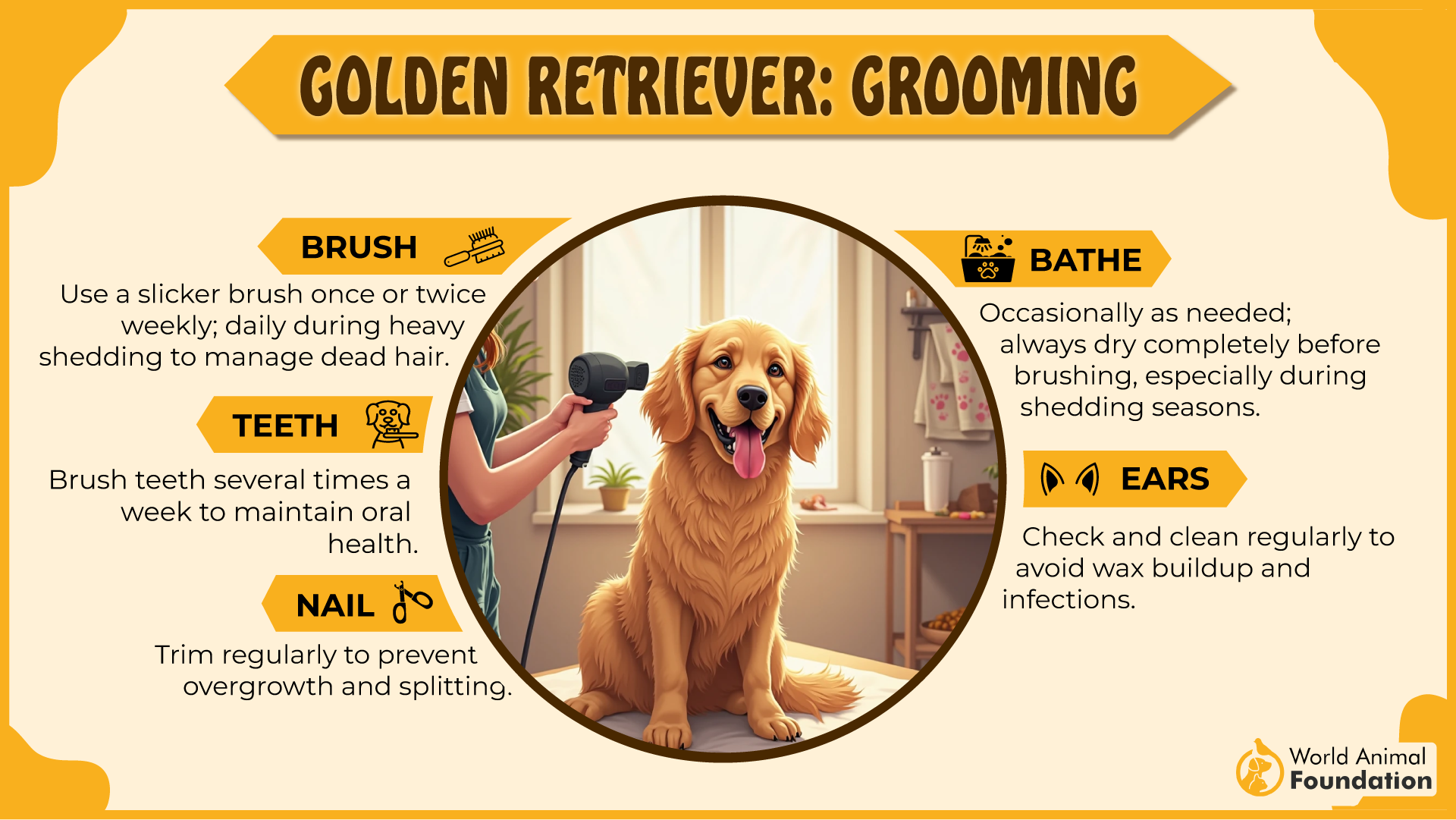
Build and Strength for Outdoor Activity
This breed has a balanced body with strong shoulders and muscular thighs, giving them steady motion in lakes and rivers. Their tail stays level while swimming, helping with control and alignment. They’re naturally drawn to water and have been known to leap in without hesitation.
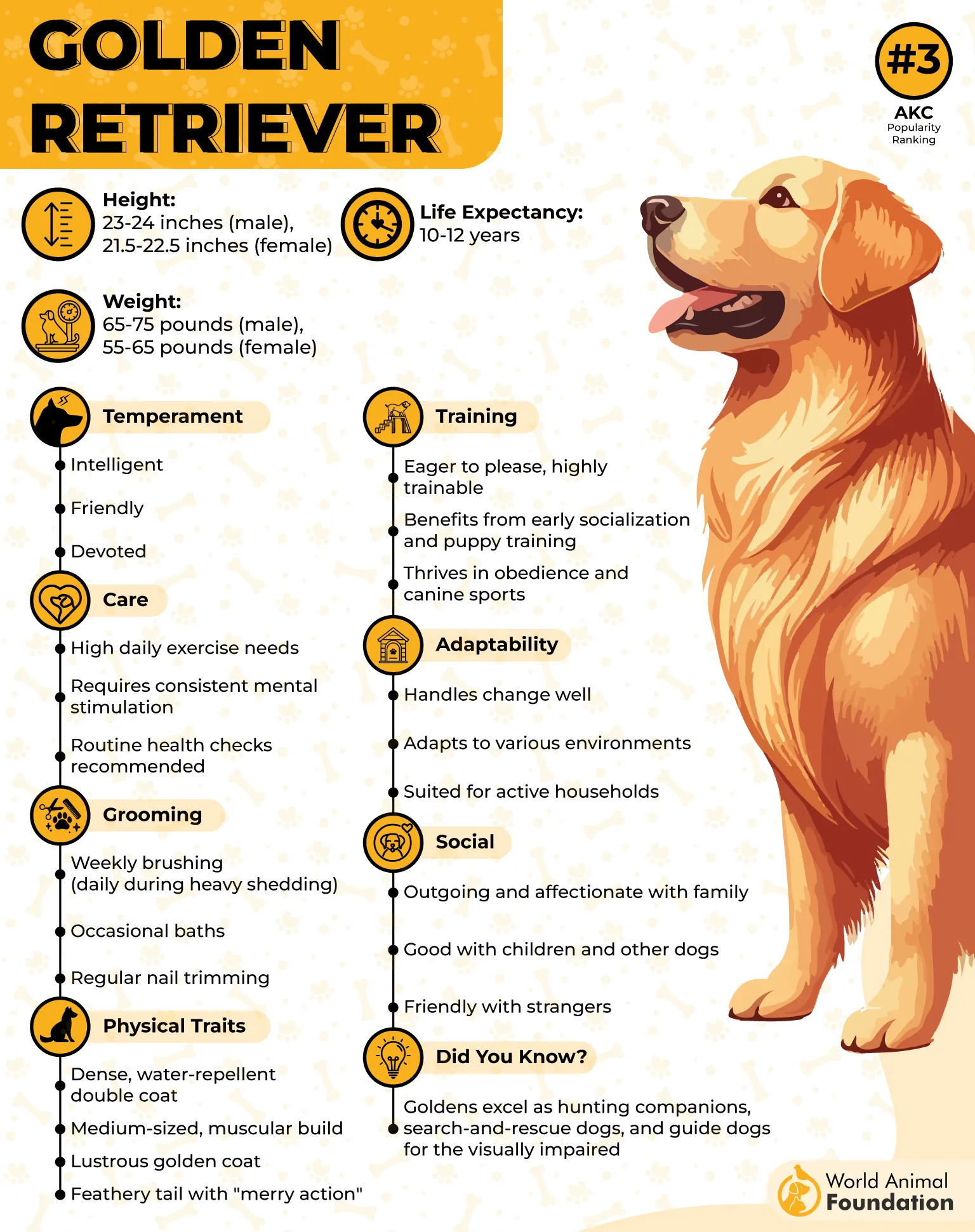
Friendly Nature with High Compatibility
They are well-suited to families, especially those with kids or other dogs in the house. Their tolerant, easygoing temperament supports multi-pet environments and social settings. Consistent exercise is essential to help manage their energy and keep their coat in healthy condition.
5. Chesapeake Bay Retriever
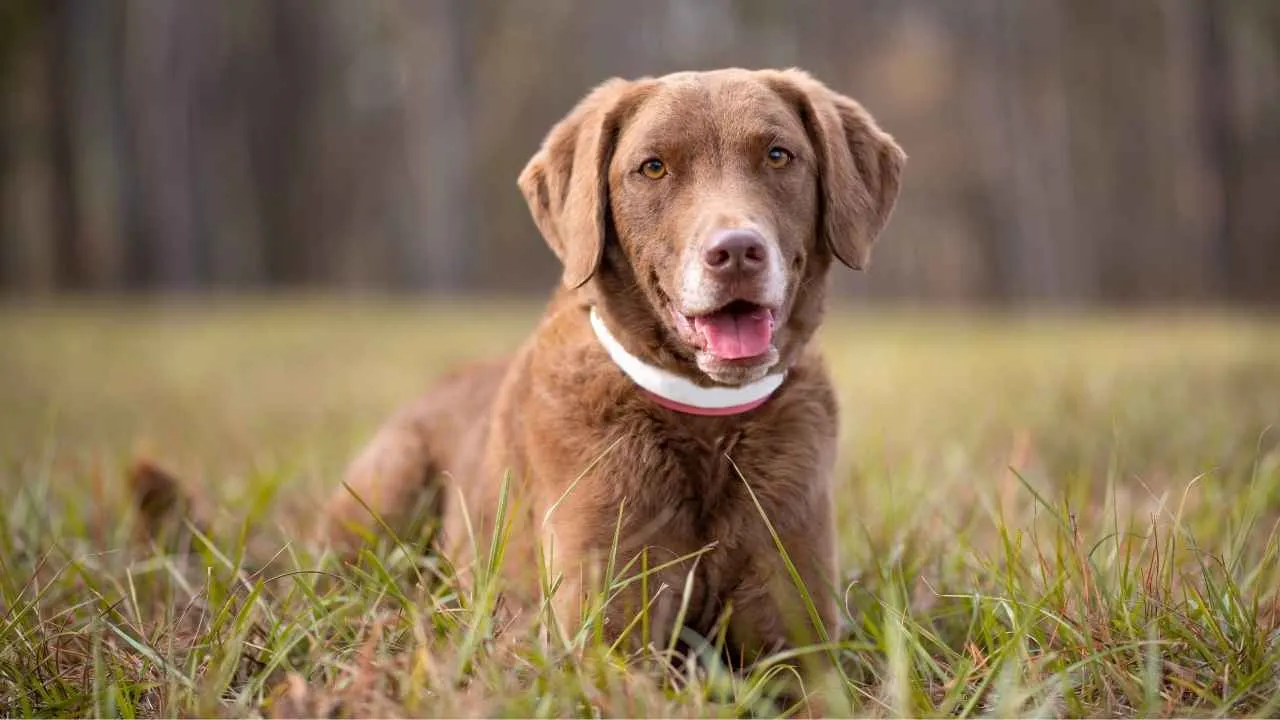
The Chesapeake’s double coat includes a dense underlayer and an oily, harsh-textured outer coat. Water rolls off the surface quickly, preventing it from reaching the skin. This keeps the dog warm and dry even after repeated retrieves in icy water.
Grooming Linked to Performance
Maintaining their waterproof coat involves minimal brushing and no harsh shampoos that strip natural oils. Hand drying after water exposure is preferred over blow drying to preserve texture. Excessive washing can compromise the water resistance of their outer coat.
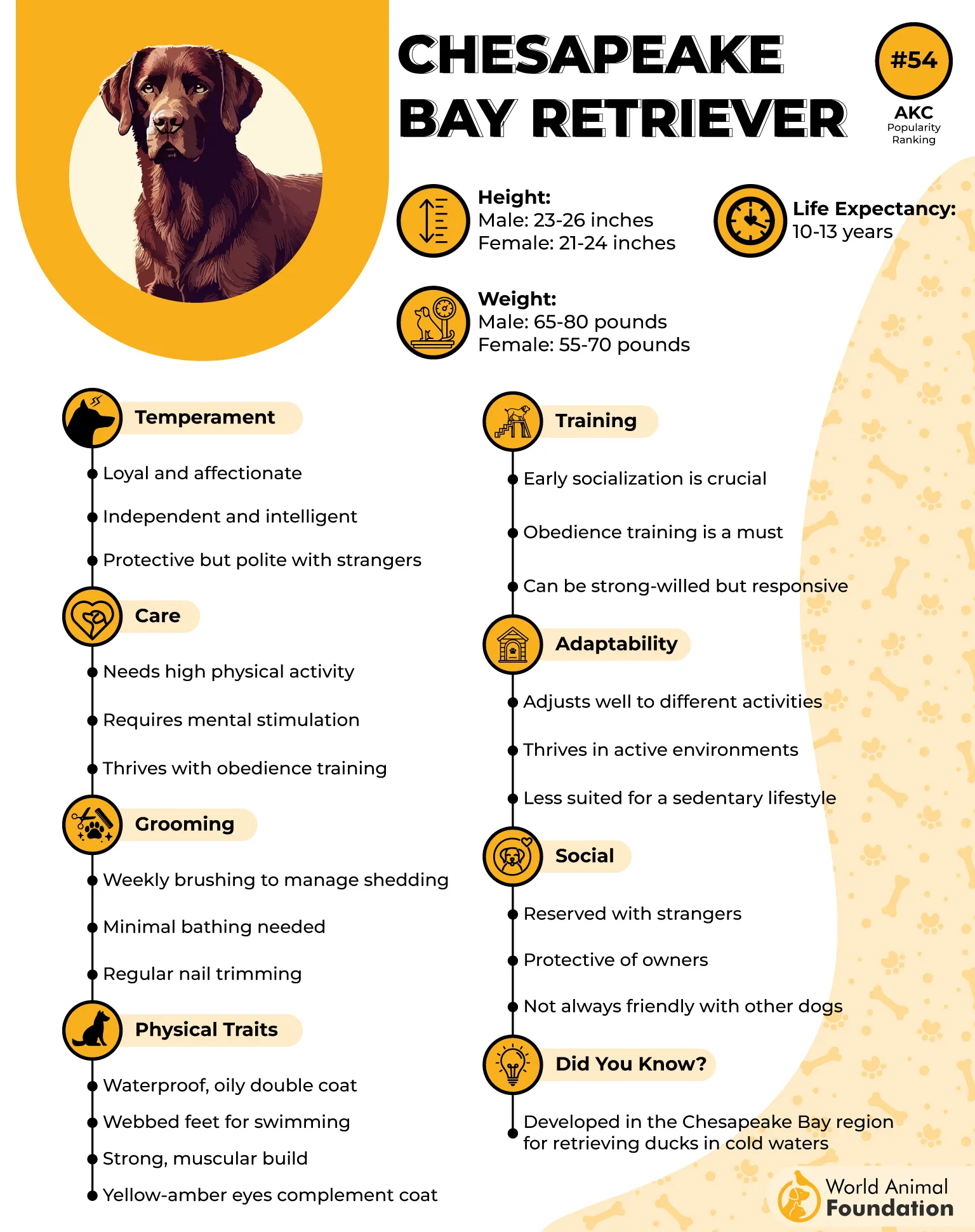
Physical Build Suited for Harsh Waters
Their muscular frame and deep chest give them endurance in cold, choppy waters. A strong jaw helps them carry large birds without damaging them during retrieval. Their wide, powerful stance adds balance when moving across wet, uneven ground.
Recognized for Reliability in Extreme Work
Historically used by hunters along the Chesapeake Bay, they often retrieved over 100 to 200 ducks a day, as claimed by Pedigree. Their coat was specifically valued for handling frigid Atlantic winds and snow-covered wetlands. That level of tolerance made them a top choice for demanding water work.
6. Standard Poodle
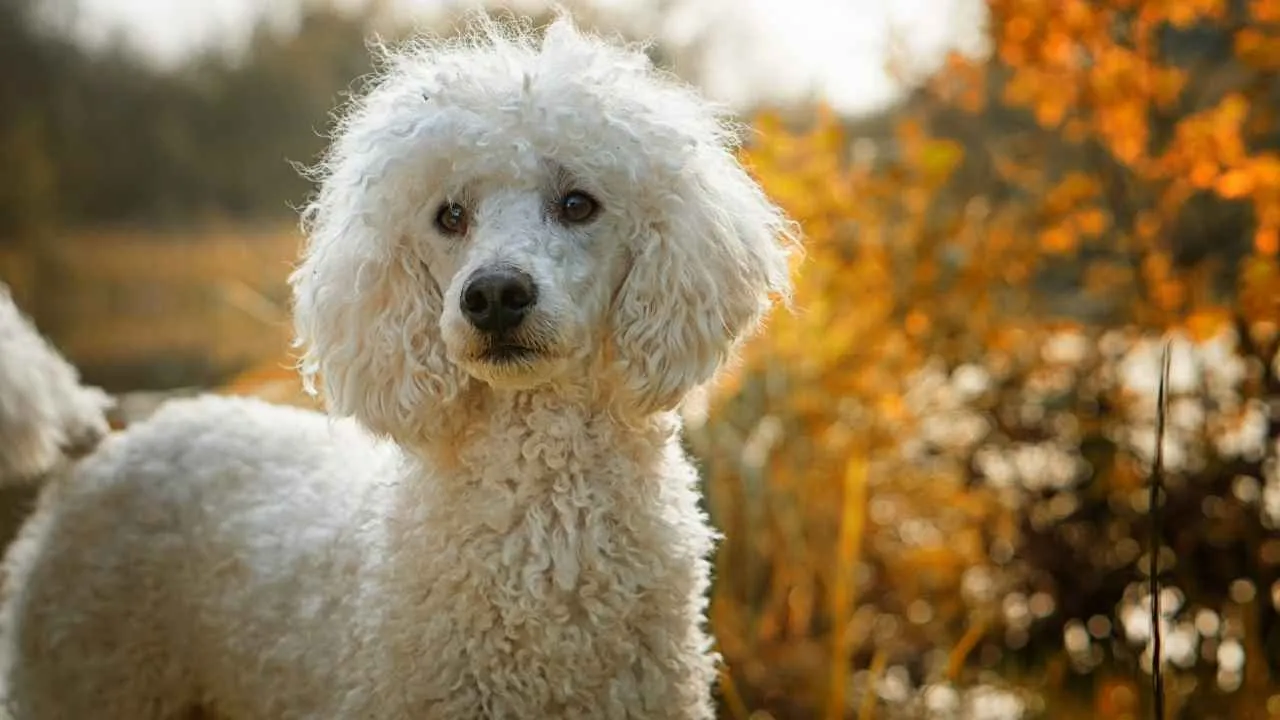
The dense, curly coat of the Standard Poodle provides built-in protection against water penetration. Its tight curls trap warmth close to the body and block external moisture. This structure allows them to swim for extended periods without feeling chilled.
Care That Maintains Function
To keep the coat effective in water, regular clipping and brushing are essential. Mats can trap water and reduce insulation, so the grooming routine directly supports coat performance. Many owners maintain a sporting clip for less drag and faster drying.
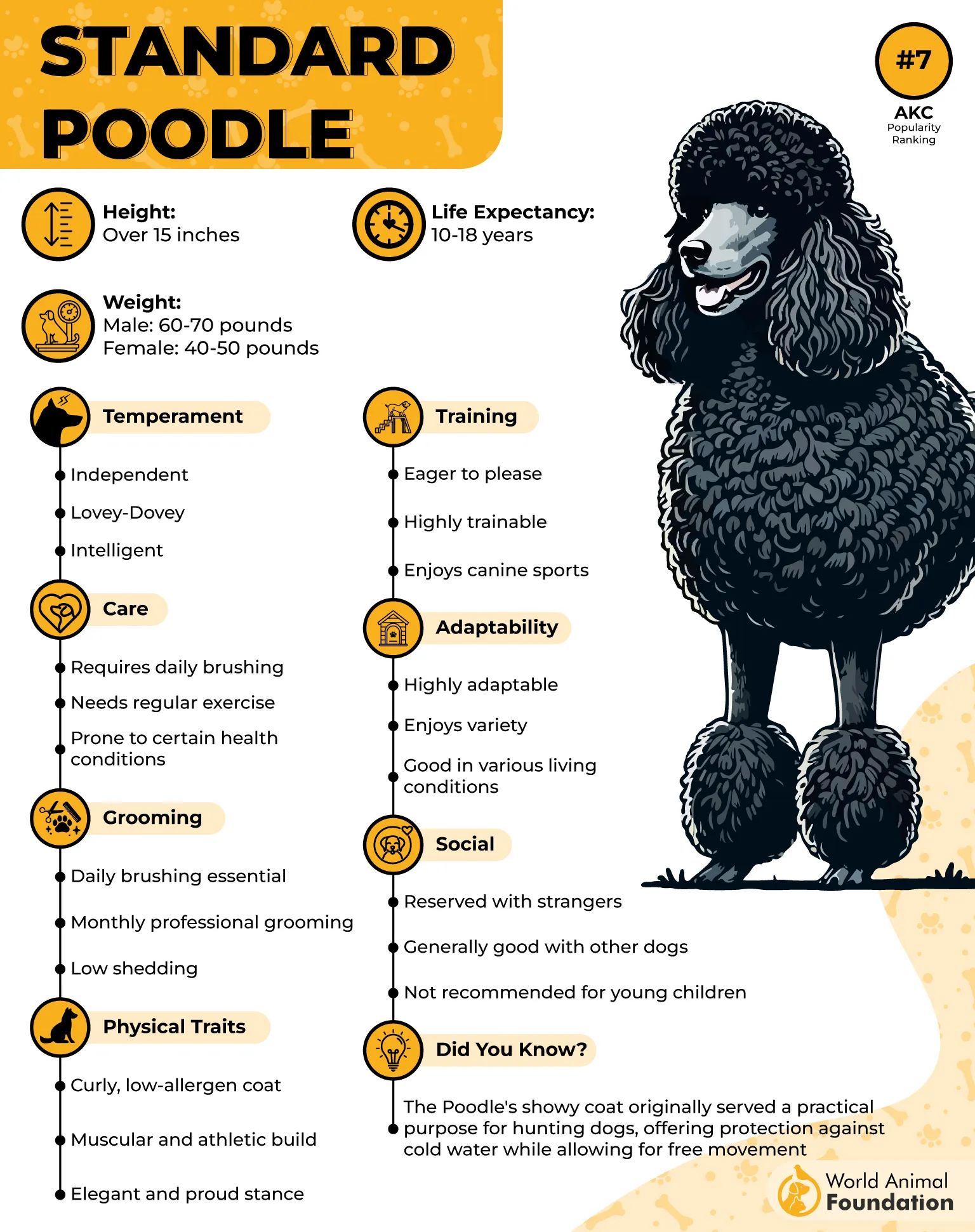
Athletic Ability Suited for Swimming
With their deep chest, strong back, and balanced frame, Standard Poodles glide efficiently in water. Their stride and reach help conserve energy while swimming across large ponds. Historically, these traits were favored in practical field work and aquatic retrieval.
History as a Water Retriever
Standard Poodles were first developed in Europe as versatile water retrievers, skilled in working alongside hunters. Their coat texture and physical agility made them well-suited for this role. Their trainability later expanded their use beyond the field to circuses, therapy, and sports.
7. Flat-Coated Retriever
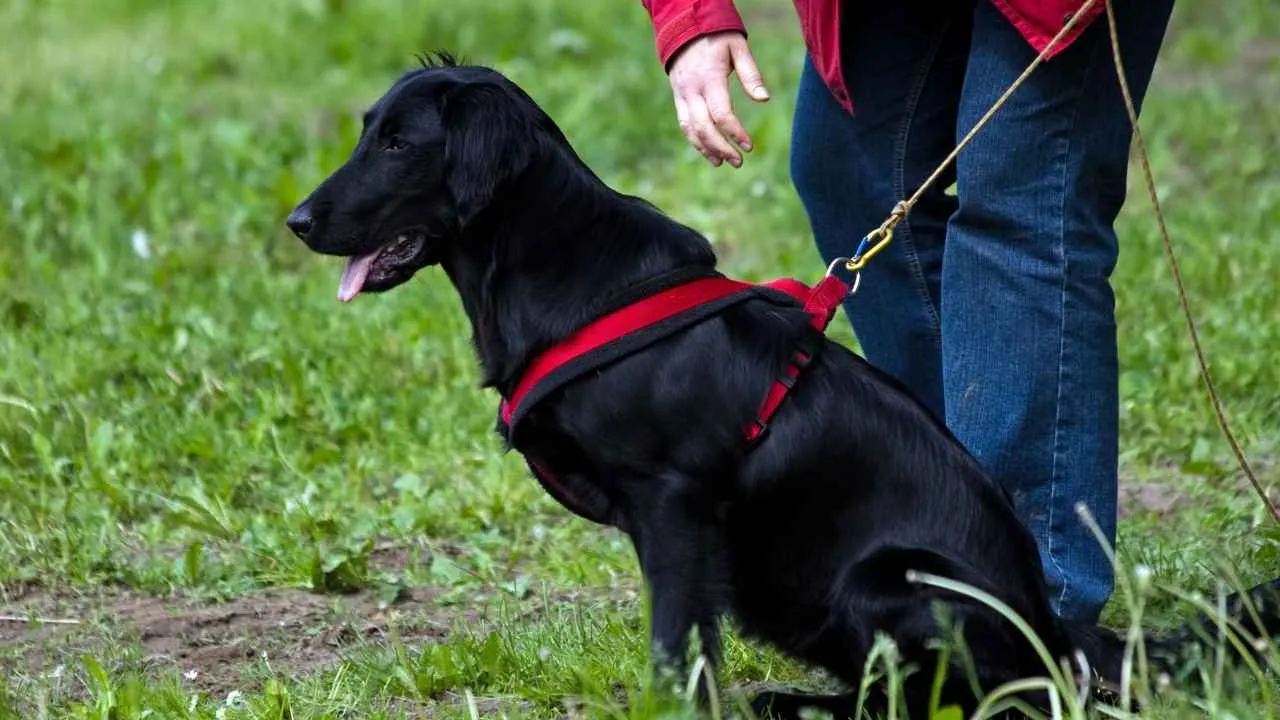
The outer coat is long, flat, and water-resistant, shielding the dog during cold water retrieves. Beneath it lies a dense undercoat that insulates the body and helps maintain warmth. This combination allows them to swim for extended periods without body heat loss.
Grooming Needs to Support Function
Their coat should be brushed at least twice a week to remove tangles, especially after water activity. Feathers on the legs and tail tend to trap debris and moisture. Drying the undercoat thoroughly helps prevent skin irritation and mildew-like odor.
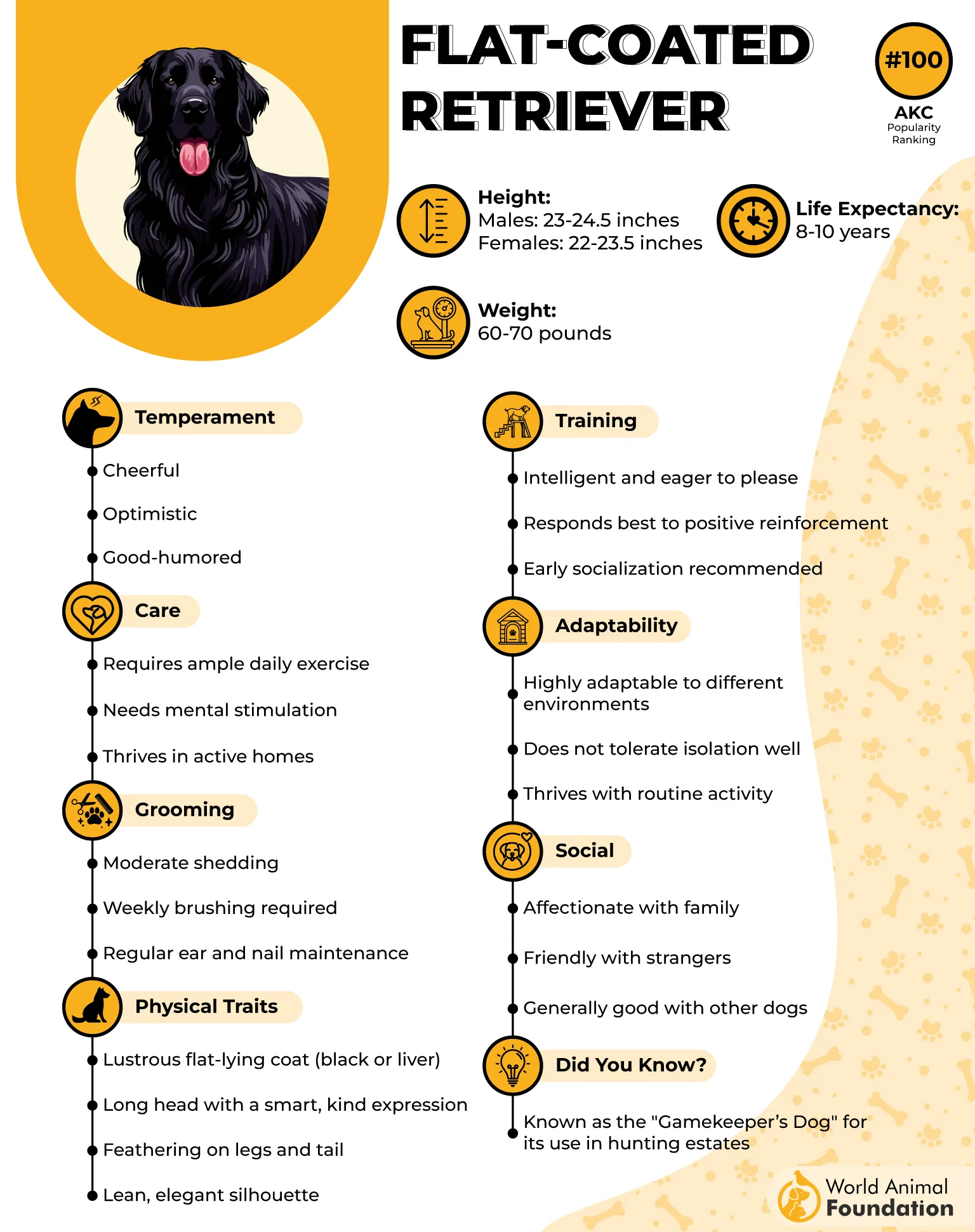
Built for Strength and Endurance
Flat-Coated Retrievers have a streamlined body that supports strong swimming ability. Their balanced gait and level topline give them control in both water and on rugged ground. Muscular legs contribute to their stamina during long retrieves.
Behavior That Matches Their Utility
These dogs are known for their enthusiasm, especially during field work or water-based tasks. They maintain energy over long sessions without losing focus. Their biddable nature and ability to read subtle cues make them favorites in structured retriever trials.
8. English Setter
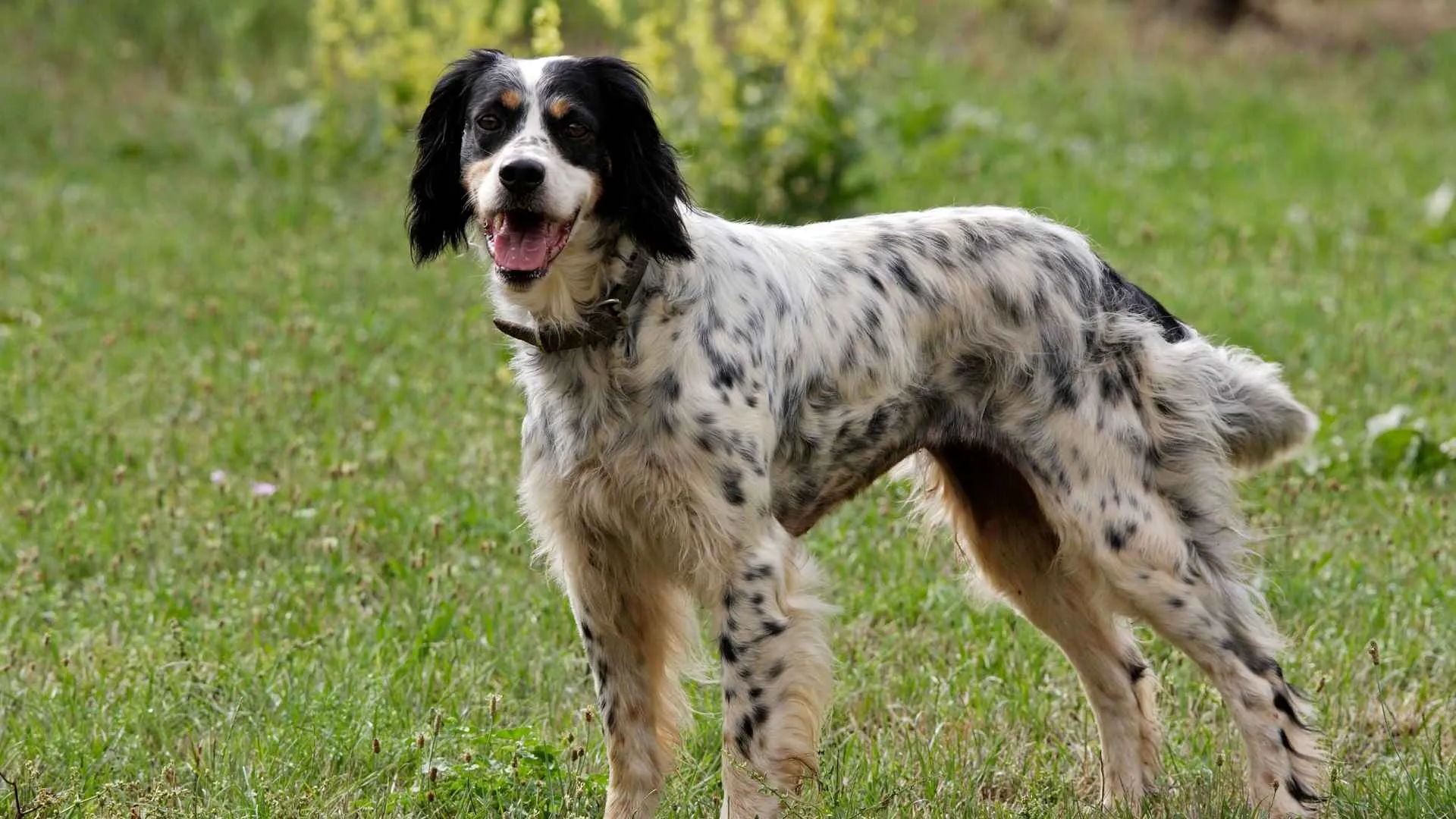
The English Setter has a flat, feathered coat that features natural water resistance without being coarse. The outer layer allows light moisture to roll off, which is ideal during wet-field work. Their coats’ silky texture stays breathable even after light exposure to rain or dew.
Coat Maintenance and Water Management
Their longer feathering needs careful brushing several times a week, especially around the legs and underarms. Keeping the coat free of tangles helps retain its natural protective properties. Post-outdoor drying is important to avoid the buildup of dampness under the longer hair sections.
Movement and Structure in Wet Terrain
English Setters are built with long limbs and a level topline, giving them balanced movement across fields and wetlands. Their gait is smooth and purposeful, shaped by decades of upland game work. This balanced frame supports stable navigation even in uneven or wet conditions.
Endurance and Temperament Around Water
While not a traditional water retriever, the breed has long been used in wet grasslands and marsh edges. They show ease in muddy areas and tolerate damp environments without resistance. Generations of hunting lineage contribute to their steady energy in variable outdoor conditions.
9. Lagotto Romagnolo
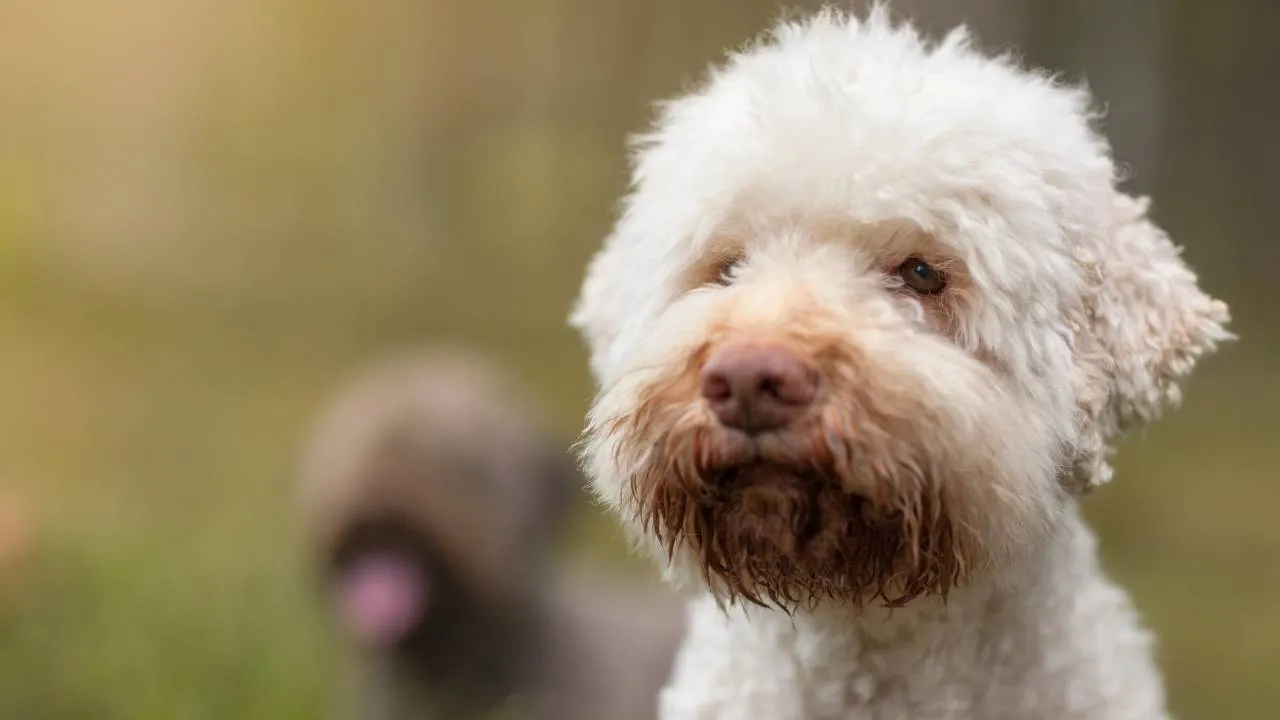
The Lagotto Romagnolo’s coat is composed of tight, wool-like curls that naturally repel water. Each curl forms a dense, textured barrier, helping the skin stay dry even in damp terrains. This structure also prevents mud and debris from sticking deeply to their fur.
Layers Built for Harsh Conditions
Beneath the curls is a soft, insulating undercoat that regulates body temperature in wet climates. The coat functions like a sponge-resistant shield, especially when working in shallow water or soaked fields. Their fur does not shed seasonally, which helps retain its structure year-round.
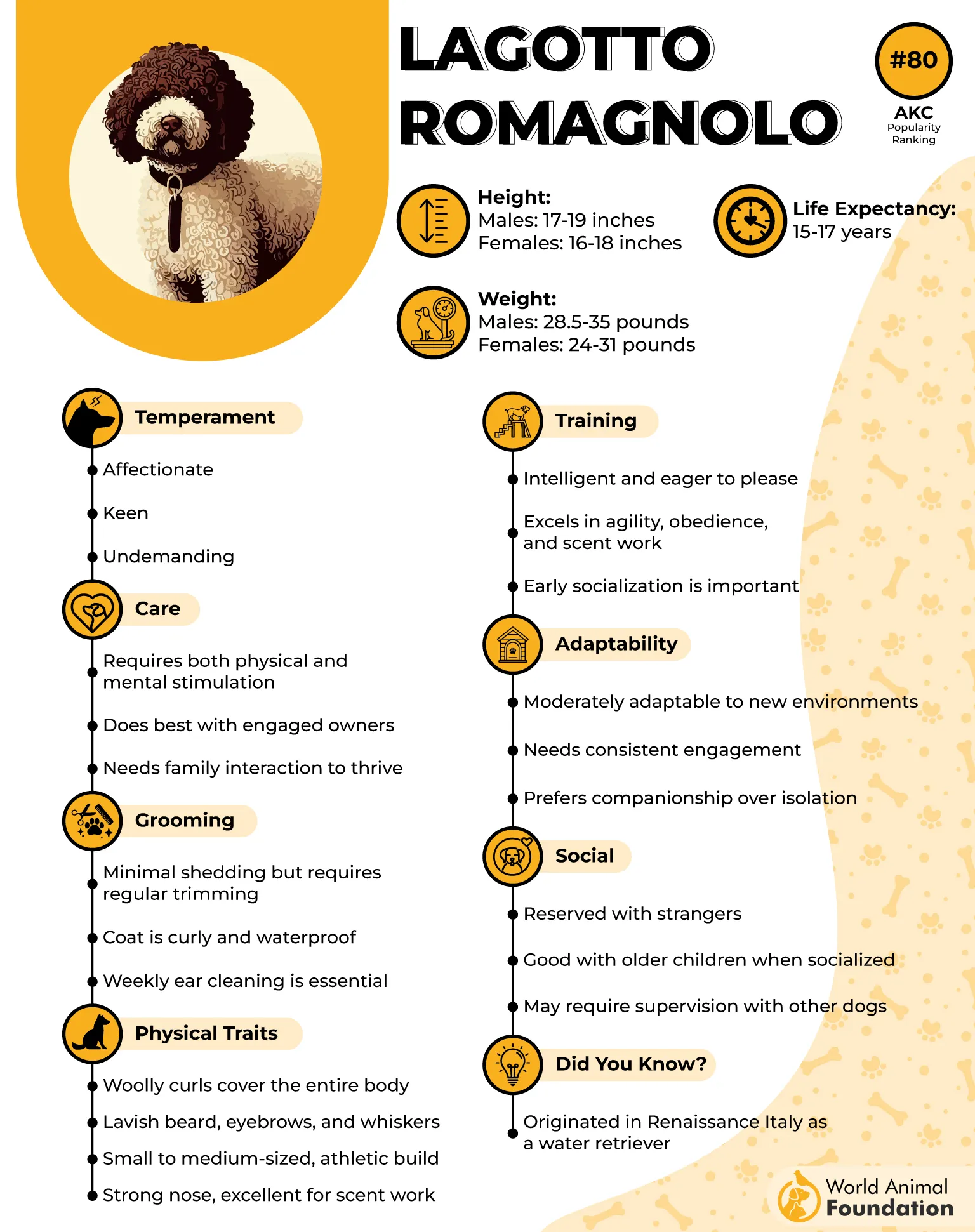
Grooming to Maintain Waterproofing
Without consistent grooming, their curls can clump and trap moisture near the skin. Hand-scissoring and regular comb-throughs help air circulate within the coat. Bathing must be followed by full drying to avoid mildew buildup in the inner layers.
Working Style Rooted in Terrain
This breed’s coat adapted over generations of working in damp Italian lowlands during truffle hunting. They remain confident in soggy conditions and are known for their persistence in wet underbrush. Their coat helped them stay active through hours of ground-level scent work.
10. Portuguese Water Dog
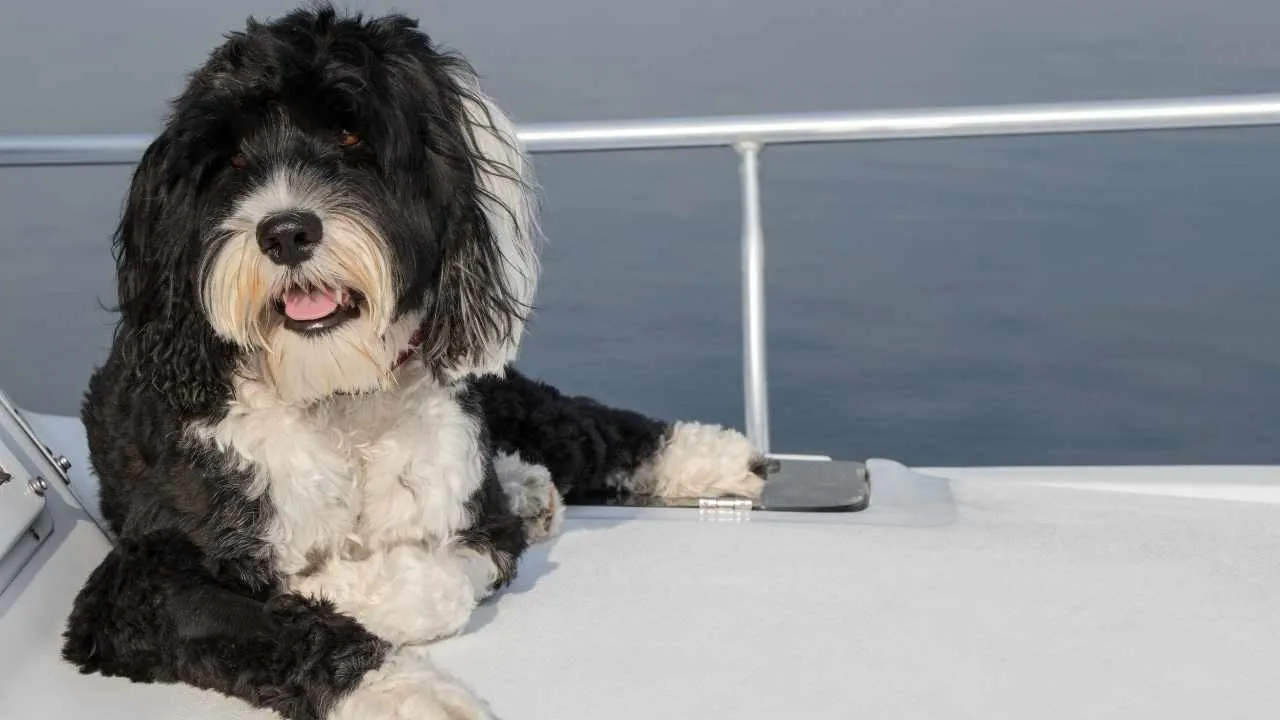
This breed has a dense, single-layer coat that naturally repels water and dries faster than double-coated breeds. The coat can be curly or wavy, and each type performs equally well in aquatic environments. Their fur holds minimal moisture, making it efficient for repeated dives and swims.
Maintained Through Specific Grooming
To preserve their waterproof texture, owners follow a grooming schedule that includes combing several times a week. Their coat can grow continuously and tends to mat if left unmanaged. A working trim, especially the lion clip, was historically used to help reduce drag in water.
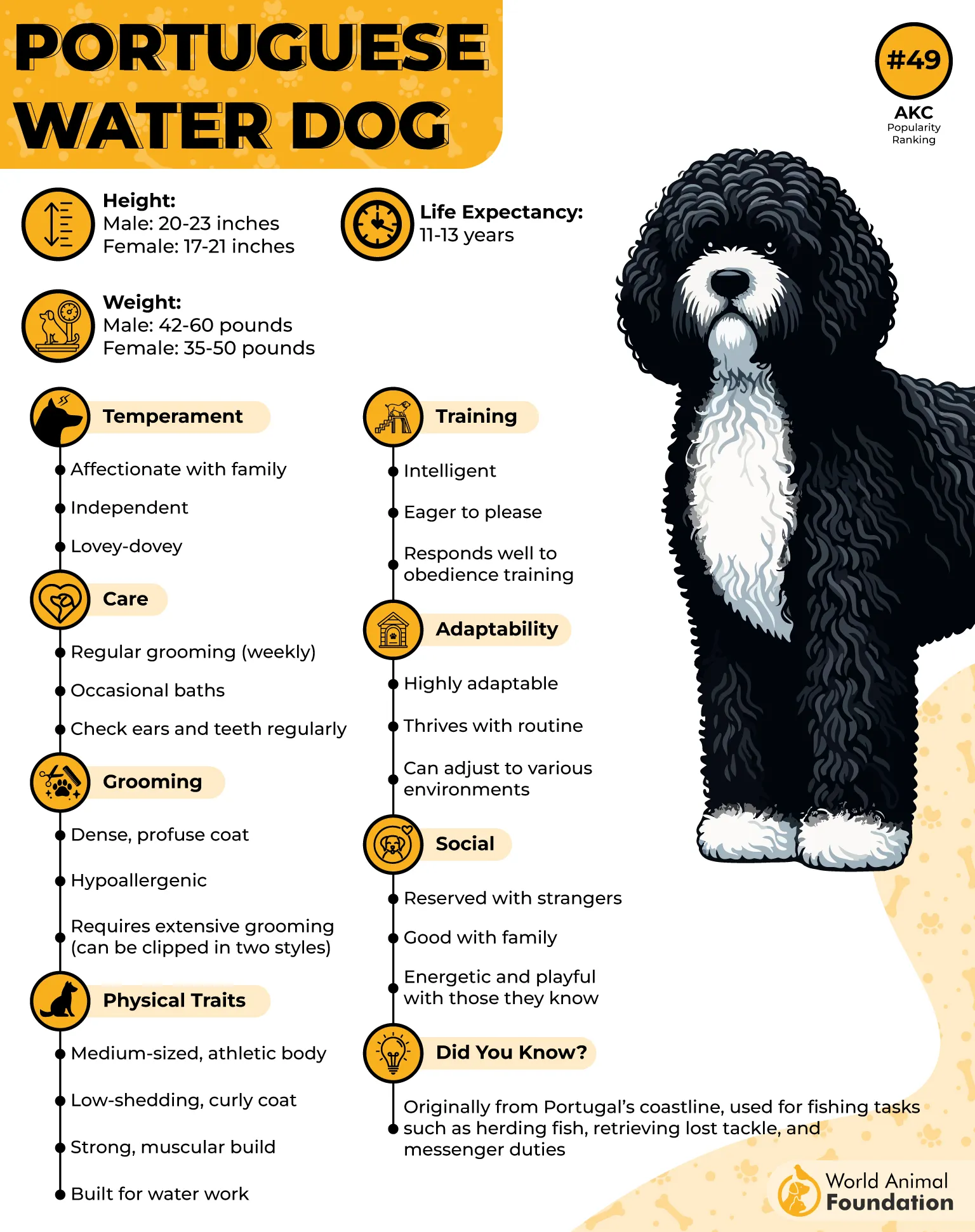
Structure Designed for Long Swim Sessions
They have a strong, compact build with broad chests and well-muscled limbs suited for endurance in water. Their lung capacity supports extended activity without quick fatigue. Their tail functions as a steering tool, allowing directional control while navigating waves.
History Rooted in Maritime Work
They were used on fishing boats along the Portuguese coast to retrieve nets and deliver messages between ships. Their role required them to leap repeatedly from vessels into open water without hesitation. Their sharp memory and loyalty also made them ideal seafaring partners.
Conclusion
Whether splashing through marshes or leaping off docks, these breeds are more than just swimmers—they’re born for it. With features like a thick double coat, a wind-resistant outer coat, or a water repellent double coat, they’ve been bred to face harsh weather and thrive.
Some, like the classic bird dog, excel at retrieval, while others were developed to herd fish along chilly shorelines. Their skills go beyond fun—many are still trusted in real-life water rescues. Recognized by the American Kennel Club as a sporting dog group or working breed, they’re more than capable.
What ties them all together? A water-resistant coat that keeps them warm, dry, and ready for anything. Choosing one of these breeds means choosing a companion that’s always up for the next splash.


